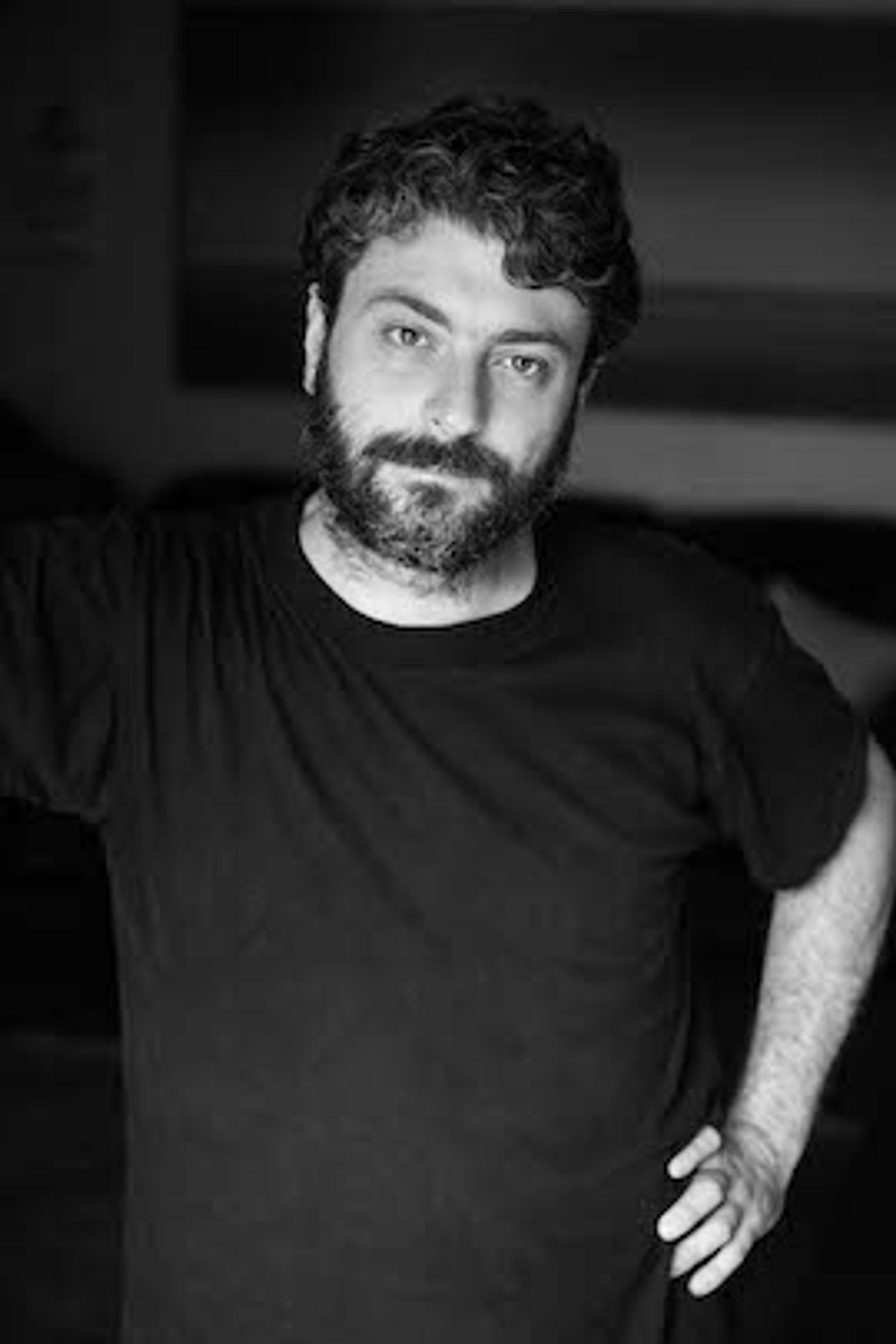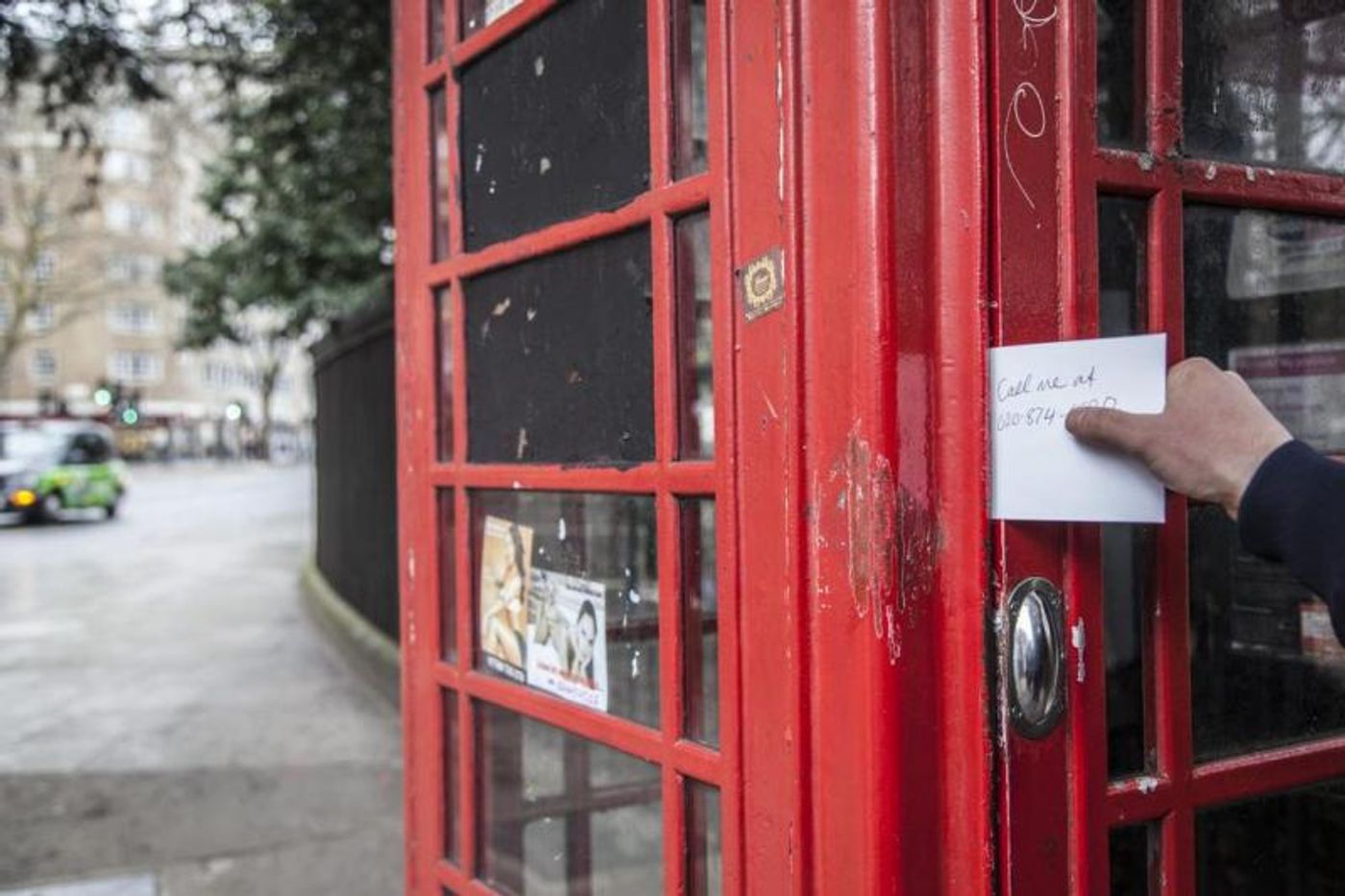Guest Blog: Daniele Bartolini On THE CURIOUS VOYAGE

To transform a voyage in a show. To transform the act of traveling in performance. This is the objective where the creative process of The Curious Voyage began.
When Arkady Spivak from Talk Is Free Theatre asked me to create this intercontinental journey, I reflected a lot on my practice of having the audience roam around the urban landscape and getting lost in the city.
I quickly understood that this was an opportunity like no other to 'expand the stage', so to speak, and immerse myself in an unexplored artistic territory that allows the audience to disperse themselves in a three-day-long narrative that takes place on two different continents.
The audience takes a flight to London as part of the experience. You don't know who's an actor and who's not. Real-life elements and artificial ones are blended together in The Curious Voyage.
Making this show has been one of the most challenging and exciting processes in my career by far. Traveling back and forth between different time zones and getting to know two cities that I wasn't familiar at all with (London and Barrie, Canada) has put me in a condition to explore the cities for real, to not have everything under control. I was exposed to the same conditions that audience members experience during the show.
Most importantly, I was in a fragile position, which is exactly what I was seeking in this creation: bringing out the fragility of our audience and creating something that goes beyond the control of the creators. It's like giving them a canvas and providing them with tools to fill it out with their own creativity and personalities.

The overall process for me and my collaborators has been about endurance, and the tiredness that we felt - including the jet lag - became dramaturgical.
I wanted the audience to feel lost in this show, to feel physically tired and let go of their defences, to have the possibility to reinvent themselves during the long chunk of time in which the experience takes place. I wanted to give the audience an experience that wasn't filtered or mediated by a stage or screen.
You are immersed right at the centre of the story and you are the co-author of it. Without the presence of the audience The Curious Voyage doesn't exist. In my shows, I am always interested in shifting the audience's role from a passive listener to an active agent. This is why I call my practice Audience Specific Theatre.
A few years ago, when I began creating these types of shows with my company DopoLavoro Teatrale (DLT), I started from this idea: what would happen if the audience became the protagonist of a narrative that unfolds around them? I have always been interested in the artist-spectator relationship, in how they can have together an intimate act of creation, as well as putting the actor and the audience in an equal condition.
As a voyager myself, specifically an immigrant to Canada, I often reflect on the themes of being dislocated, being lost and exposed to environments I don't know. The themes of the voyage are the themes I have lived on my own skin. Not knowing where you're going and who you're going to encounter is the base of my theatrical practice. In The Curious Voyage this concept is taken to the extreme for both the three-day component of the show that begins in Canada, and in the London experience.

When I began working on The Curious Voyage, I didn't have a preconceived plan. I started from my actors. I believe that it is important to begin the process with real encounters with performers - especially when I don't know them, like in this particular case.
I try to pull out the special light each performer holds. When I watch them in action I see something, a sort of sparkle that belongs to them, and I start to work from there. Then I proceed by creating characters who stimulate the audience in various ways.
In this kind of work, the characters are not there to say lines, but also to assist the audience to release their own creativity. During the rehearsals I always kept one thing in mind: to generate encounters where the audience is taken outside their normal sphere of perception and get them to experience something new and unfamiliar.
Same thing happened for the choice of the locations: I allowed myself to be surprised by what I found along the way. I get inspired by walking around a place I don't know. The downtown becomes my stage and I always pick different kind of locations to try to give back an image of a pre-existing environment.
Dramaturgically, the main inspiration for this show came to me from the work of Jorge Luis Borges, Italo Calvino and Georges Perec - specifically their works that we refer to as combinatory literature.
The architecture of the show is composed by situations that can be combined variously, like a puzzle that can be shaped in different ways. In this puzzle there's always a missing part, the most important: the audience; the one that assembles everything and gives the final and unique form to the show.
The Curious Voyage runs in London until 10 November
Photo credit: Claudia Brookes
Videos

